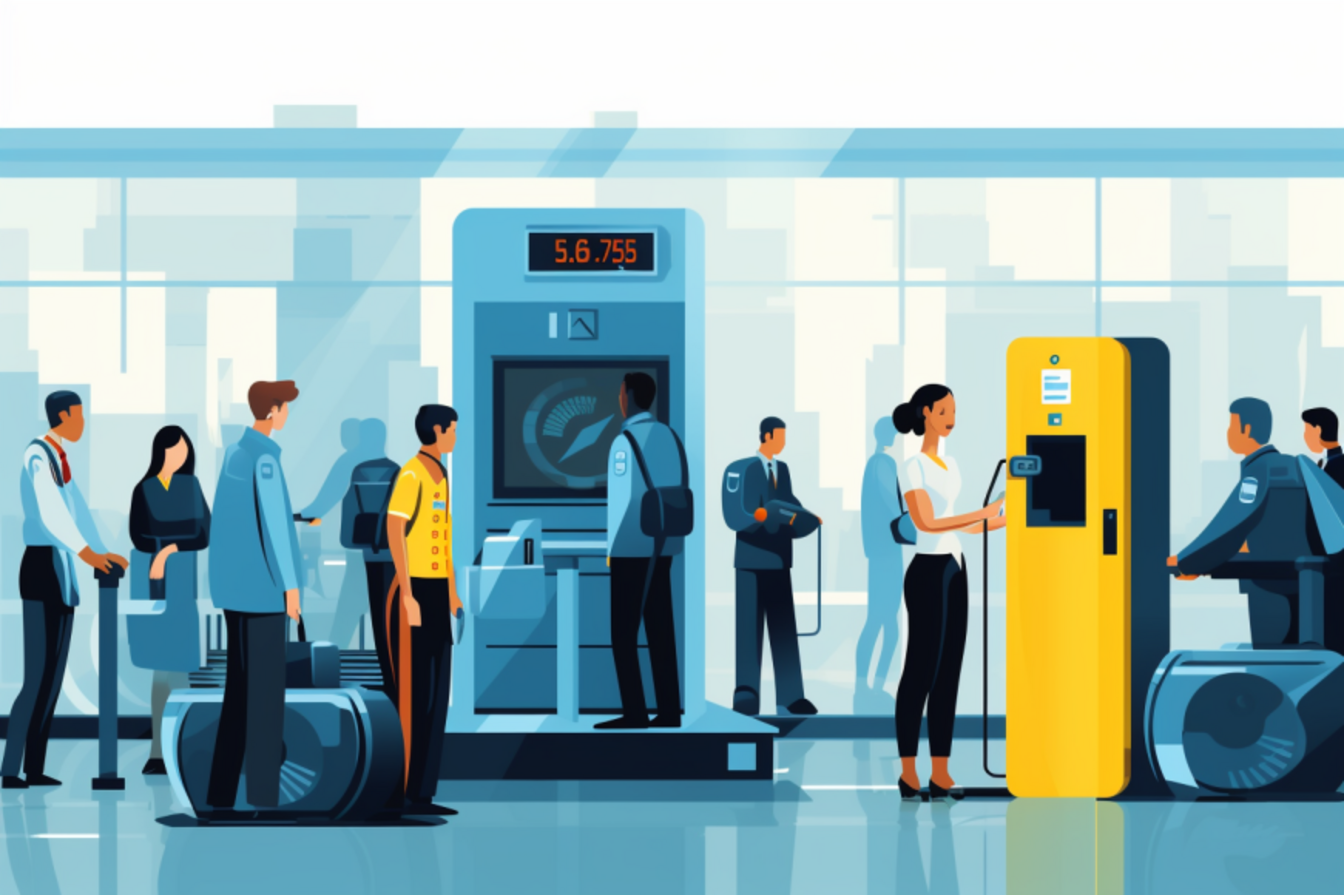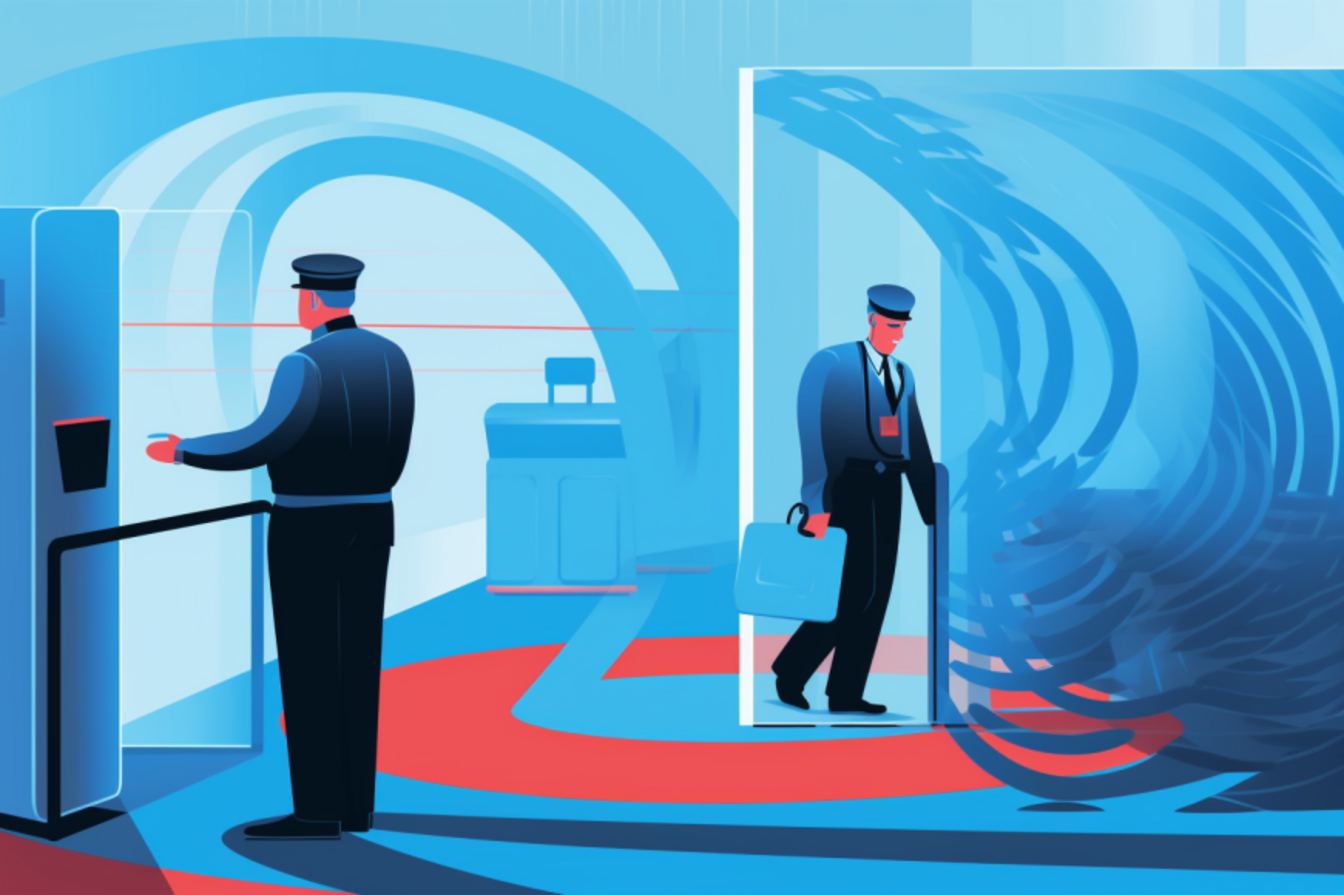Travelers love to complain about the TSA, and even though the agency assigned to protect America’s transportation systems claims to listen, most of us know better.
Don’t believe me? Try sending the agency an email, complaining about your last pat-down. Do you hear the sound of crickets? Me too.
But now a court has ordered the TSA to listen, and to pay attention — and maybe, if we’re lucky, to do something about it.
The U.S. Court of Appeals for the District of Columbia Circuit has ordered the TSA to engage in something known as notice-and-comment rulemaking on its screening procedures, and specifically its use of full-body scanners. You can leave your comment at the Federal Register website until June 24th.The U.S.
The TSA hopes the public it’s assigned to protect will approve of the scanners and the way they’re used. But it promises to “review and analyze” the comments to develop a final rule related to the use of airport scanners.
What could they do? That isn’t entirely clear. The lengthy document seems to suggest that four options are on the table:
1. Metal detectors and pat-downs
We receive many complaints about the TSA. Under this scenario, the passenger screening environment “remains the same as it was prior to 2008.” Which is to say, metal detectors, not scanners, are used as the primary passenger screening technology. Any alarms are “resolved” with a pat-down.
What if it were adopted? That system worked before 2008, and it could work again. But it wouldn’t address the problems many passengers have with “enhanced” pat-downs as a method of “resolving” an alarm. Those pat-downs are sometimes said to be abusive and punitive.
2. Metal detectors and random pat-downs
Under this alternative, TSA continues to use metal detectors as the primary passenger screening technology. However, it ‘supplements’ the screening with random pat-downs.
What if it were adopted? Chaos, probably. Those selected for a pat-down would complain; there would be allegations that the randomness wasn’t so random. At the end of the day, the airport wouldn’t be any safer.
3. Metal detectors and explosive trace detection screening
This option would see the TSA return to metal detectors but conduct explosive trace detection screening on random passengers. ETD screening is fairly non-invasive, and usually involves swabbing luggage.
What if it were adopted? This would eliminate the difficult choice passengers are often asked to make between a scan and pat-down, and would replace it with proven technologies that could identify most threats. It’s the alternative preferred by TSA-watchers and privacy advocates.
4. Full-body scans or pat-downs
The final option would be to leave things exactly as they are: Using the scanners, which have already cost American taxpayers roughly $1 billion, and resolving any alarms with an “enhanced” pat-down.
What if it were adopted? This would be an unfortunate choice, because it would mean the TSA didn’t bother reading any of the public comments and doesn’t care what the American public thinks about the way it screens them. The current system costs too much, both financially and in terms of the constitutional rights we surrender at the airport, say critics. We can do better. (Here’s how to handle the TSA when you’re flying.)
So what do travelers have to say about the TSA’s rulemaking so far?
Plenty.
- From Matthew Richard Glucksberg: “Please remove the charade of security provided by full body microwave and backscatter X-ray facilities.”
- Sabina Gasper writes: “Nothing is going to make flying risk-free. The TSA is arbitrary, rude and unprofessional in how it deals with the public — scanners or no scanners.”
- Patrick Pascal comments: “My visits to the airport bring back a childhood memory of the ordeal of crossing the Iron Curtain during the Cold War. After earning the respect of my community, my industry and my church, I deeply resent the unwarranted suspicion and lack of respect I regularly receive from the TSA.”
To be fair, there are a few comments supporting the body scanners and the way they’re being used. They fall into two general categories: The “if you don’t like it don’t fly” contingent and the “I work for the TSA and am commenting anonymously” crowd. Both deserve to be heard, of course, but they represent a very small minority.
What will happen?
After June 24, will anything change? Not immediately, and maybe not for a long time. The Department of Homeland Security will consider the comments in final rule, which could be months or years in the future.
Given that the life cycle of the scanners, from deployment to disposal, is eight years, it’s possible the TSA may decide to decommission its scanner program at about the same time the scanners have become obsolete. One way or the other, it seems the scanners are going to go away at some point in the future. (Related: If you love the TSA, read this story.)
You can help make the policy change happen faster by leaving a comment on the Federal Register site now and urging the TSA to embrace option three immediately. It is the only reasonable choice.
But the entire scan-versus-pat-down era, which historians will surely come to recognize as one of the darkest moments in our democracy, begs a bigger question: At what point is it acceptable to shortcut the regulatory process and not be forthcoming with the public when it comes to keeping America safe? Is it ever acceptable?
I would like to say “no.” You probably do, too. But no one knows what tomorrow will bring. Hopefully they will listen…
Note: Effective June 1, I’m moving my TSA coverage to TSA News, a blog I co-edit. I’m returning to this site’s main mission every Wednesday, with more consumer advocacy coverage.



